National Geographic’s Most Powerful New Wildlife Series, Queens , Has Arrived
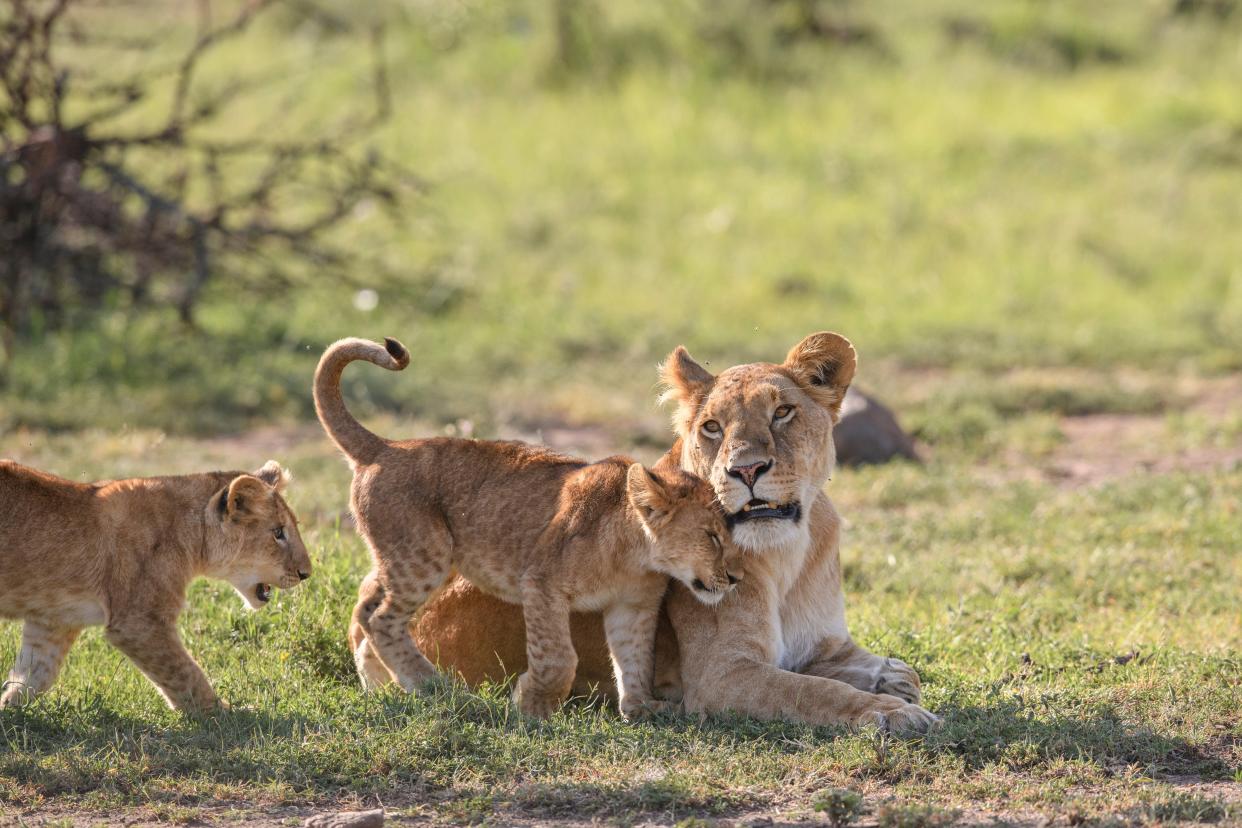
National Geographic for Disney/Oscar Dewhurst
National Geographic's new series, Queens, tells two very striking and profound stories: the one in front of the camera, which follows six powerful sisterhoods within the animal kingdom, and the one happening behind the scenes, with the first-ever women-led production team for a natural history series.
You can't tell one without the other, and it's evident in the chill-inducing trailer, which Glamour is exclusively premiering ahead of the series' debut on Monday, March 4. Narrated by Oscar winner and Glamour Woman of the Year Angela Bassett, Queens examines the impact of the matriarchy from the smallest ant to the largest land and sea mammals.
The seven-episode series was filmed over four years in 12 countries and is, without question, one of National Geographic's most ambitious and crucial projects, both for the future of wildlife and the women telling their stories. (Historically, women have been underrepresented in nearly every aspect of the natural history storytelling space.)
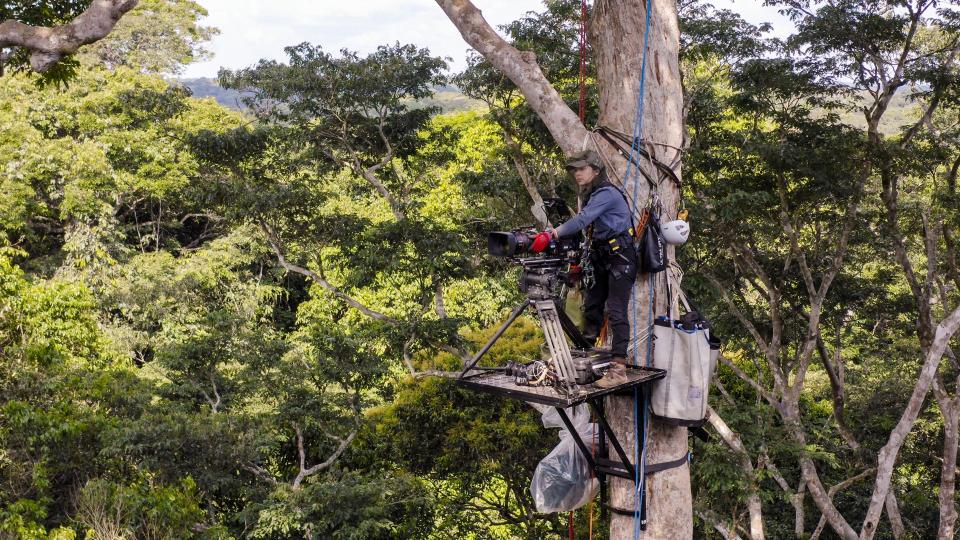
queens-cinematographer-tania-escobar.jpg
“Queens flips the traditionally male-dominated natural history genre on its head,” Queens executive producer Vanessa Berlowitz tells Glamour. “It charts the little-explored intricacies of the animal queendom—from the raw and heartwarming—to most heart-stopping moments. Through the use of cutting-edge technology, we closely documented these staggering yet inspiring journeys.”
Speaking of those heartwarming and heart-stopping moments, take a look at the official trailer, which features Billie Eilish's hit song “You Should See Me in a Crown.”
Epic, right? And that's just scratching the surface of what's to come. Says Courteney Monroe, president of National Geographic Content, “Following a year where Taylor, Beyoncé, and Barbie dominated the zeitgeist, Queens continues the conversation to showcase that this is not a passing trend but a testament to the universality of female power.”
And indeed it is. The seventh episode of Queens takes viewers behind the scenes to showcase the women helping to rescue and nurture various species (wait till you see them with the bonobos) and those who are finally getting their chance to break through the natural history space.
“Because of the model that National Geographic backed with us, they invested in diversity and inclusion,” Berlowitz says. “They allowed us to pay for these women who weren't necessarily able to immediately contribute footage to the show, but to come on the shoots and be trained and then contribute. My husband and I then set up the Wildstar Academy on that model. And we are now financing women from across the world to go on shoots across all our shows.”
But for now, the focus is on Queens, and fascinating animals and humans you'll meet in these seven episodes. Below, see some of the stunning photographs taken during filming as well as more info on how to watch the series.
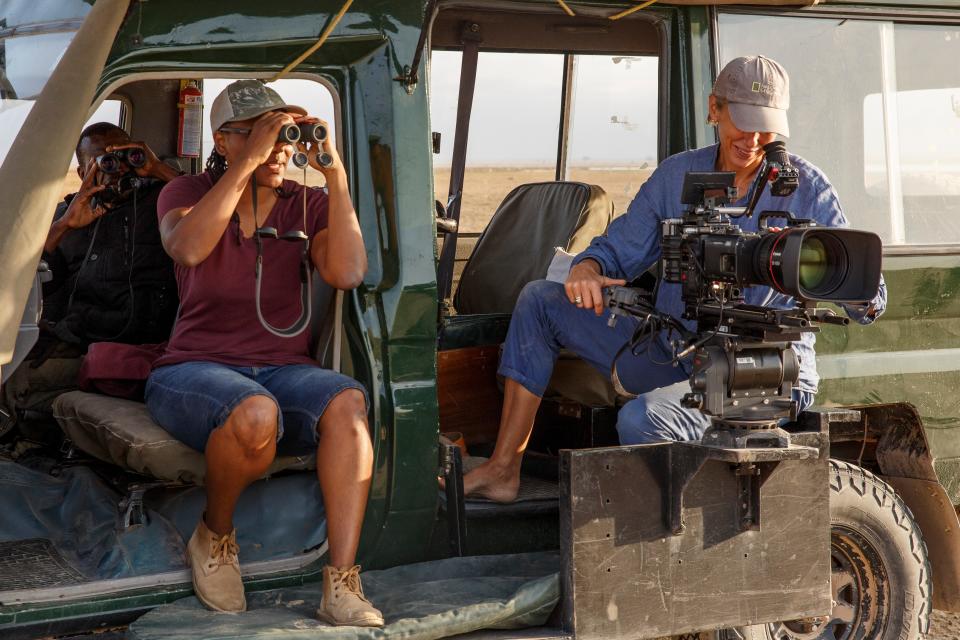
queens-faith-sophie-behind-the-scenes.jpg
How can I watch Queens?
If you don't have National Geographic, don't worry. The series will stream on Hulu and Disney+ on Tuesday, March 5, a day after its Nat Geo premiere. And if you do have National Geographic, even better. The series will begin airing at 8 p.m. ET/7 p.m. CT on Monday, March 4.
Which female animal kingdoms will be featured in Queens?
Six distinct animal communities, including hyenas, elephants, lions, insects, primates, and orcas.
Take a look at some of the extraordinary animals in action on Queens.
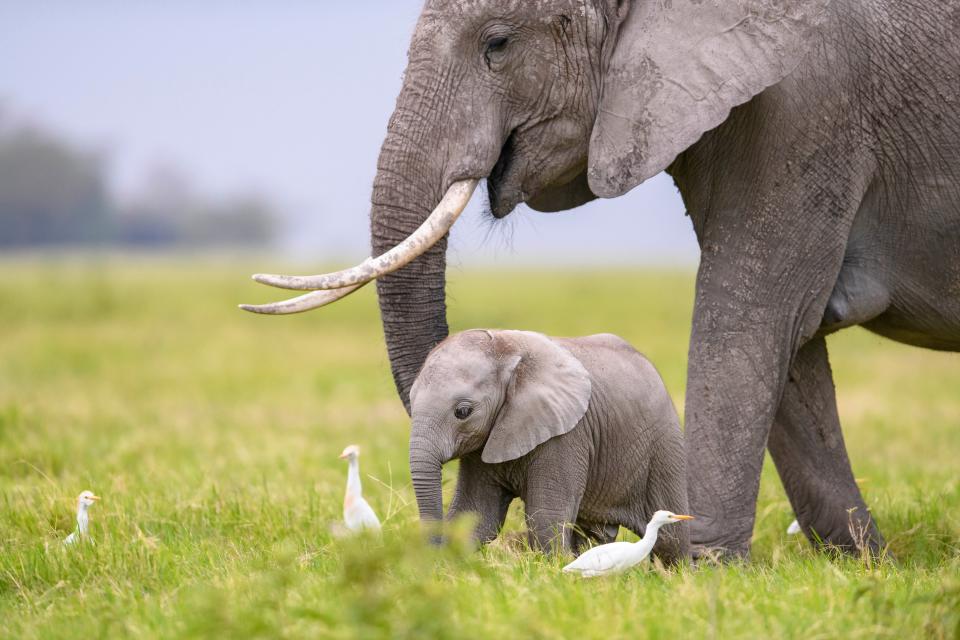
queens-elephants-baby.jpg
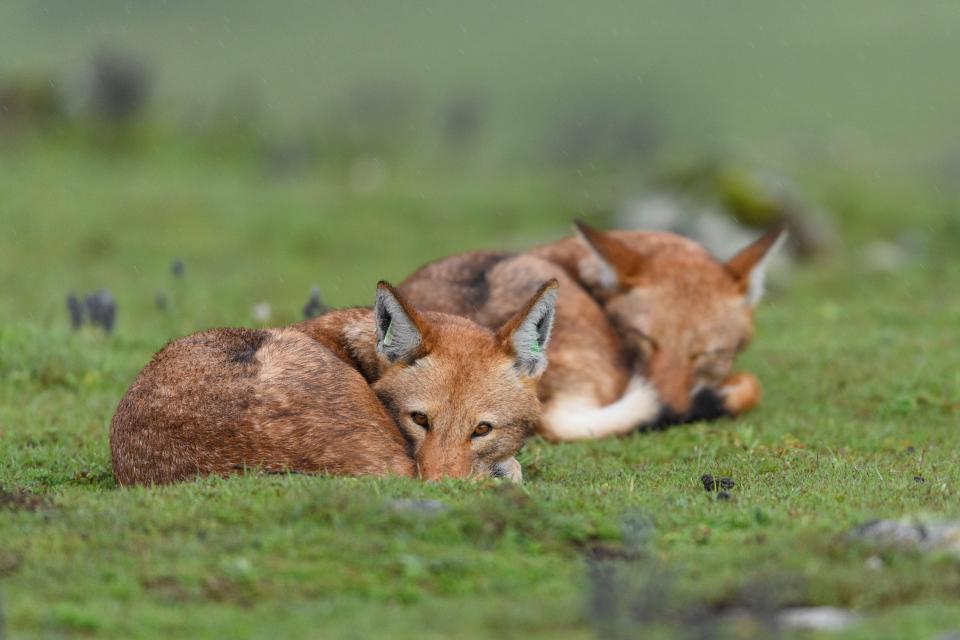
queens-ethiopian-wolves.jpg

queens-lioness-cub.jpg
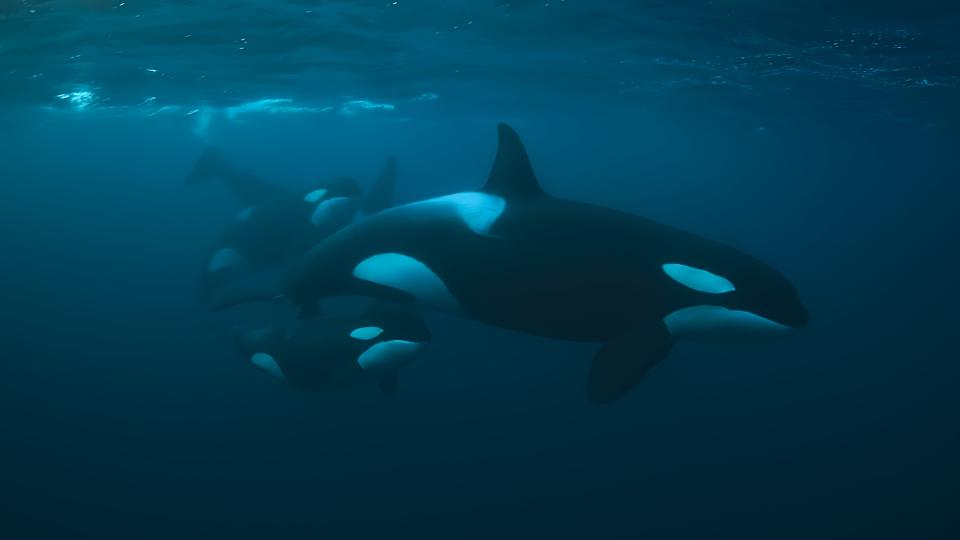
queens-orca-water.jpg
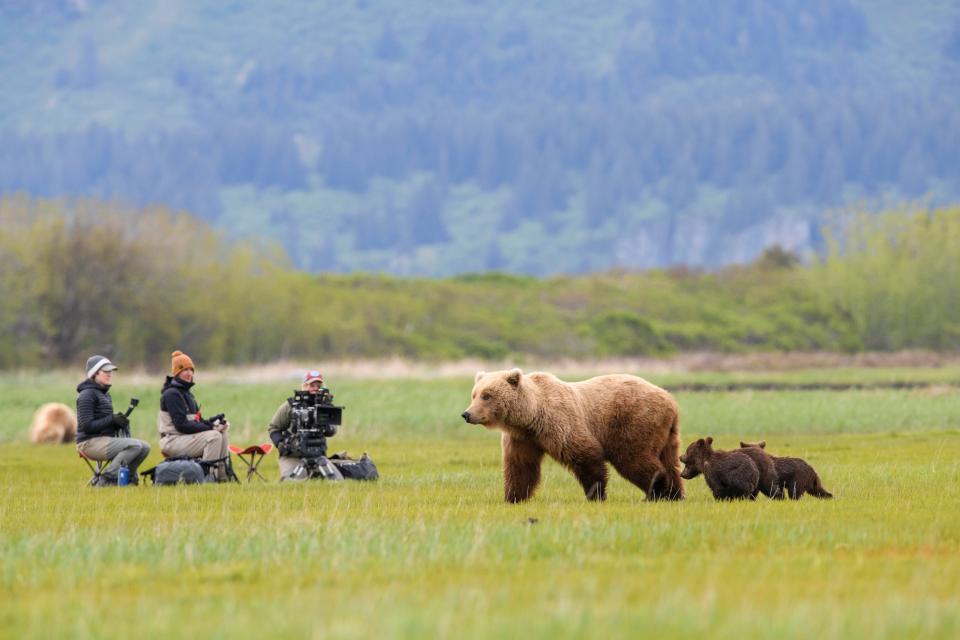
queens-bears-cubs-cinematographer.jpg
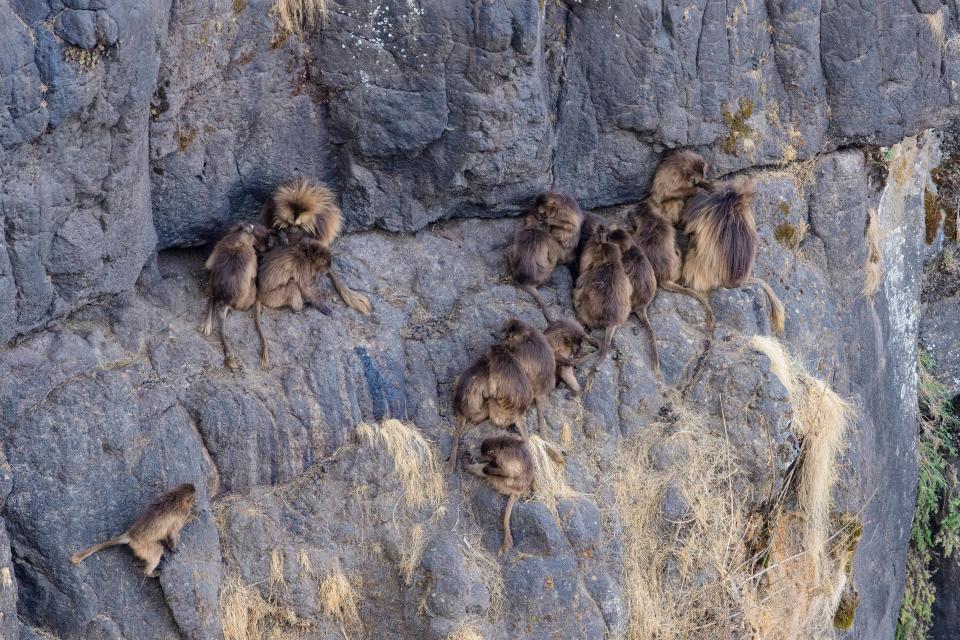
queens-geladas-ethiopia.jpg
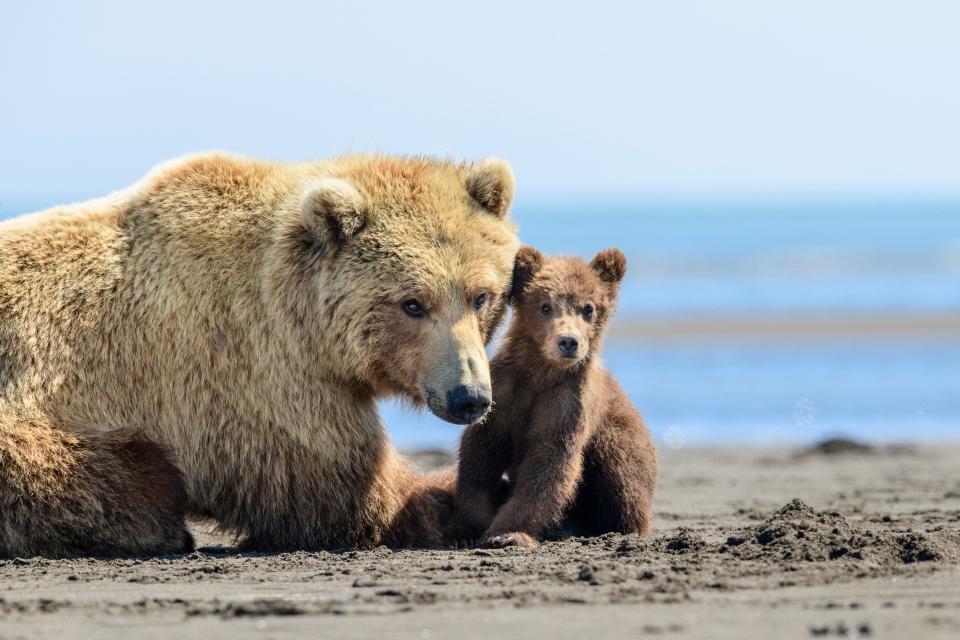
queens-female-brown-bear.jpg
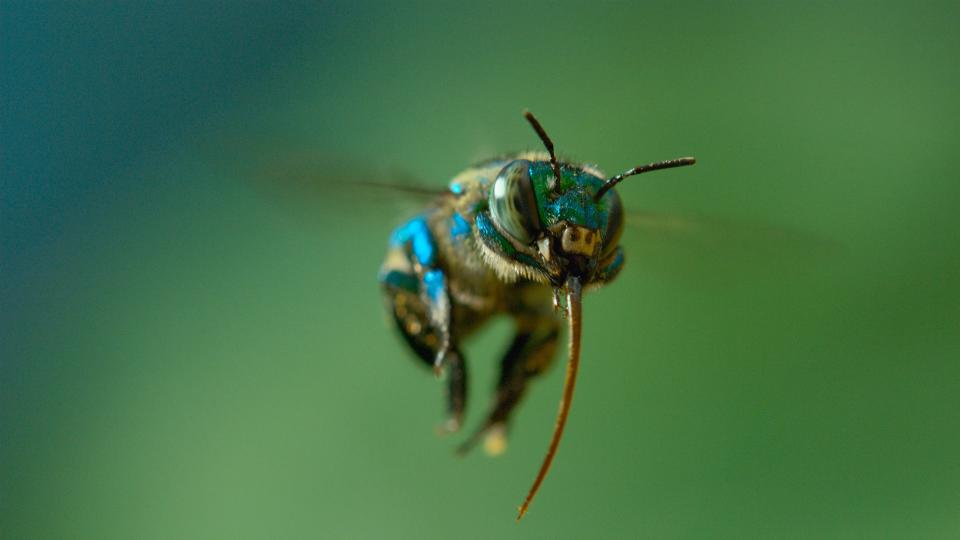
queens-orchid-bee.jpg
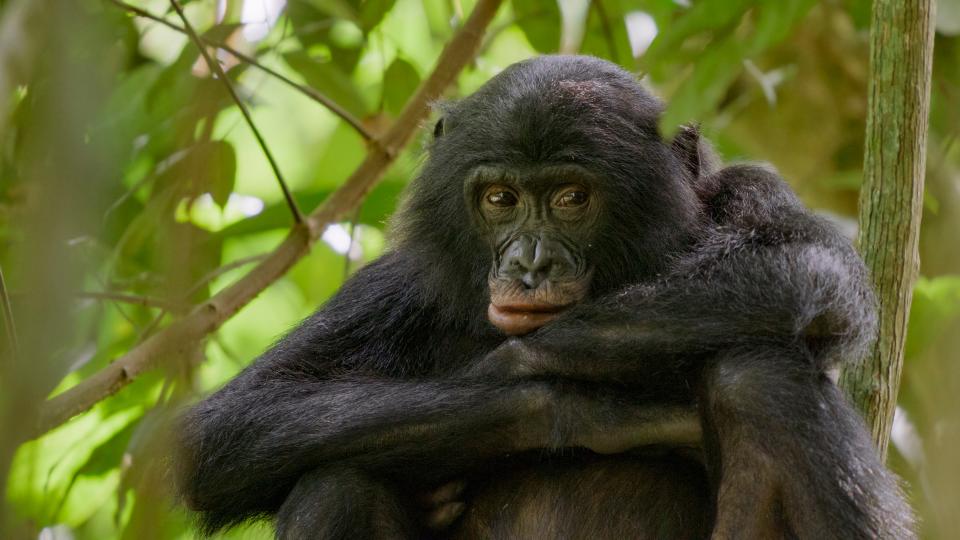
queens-bonobo-natgeo.jpg
What animal kingdom does each episode center on?
Episode 101 is called “African Queens.” Episode 102 centers on “Rainforest Queens,” while 103 focuses on “Tiny Jungle Queens.” Episode 104 is titled “Savanna Queens,” and 105 is “Mountain Queens.” Episode 106 focuses on the “Coastal Queens,” and the final episode (at least for now) is called “Behind the Queens.”
All right, I want more. What else ya got?
Lots more, including the remarkable story of how the series got made, and the women whose lives changed because of it. Check back for more in early March.
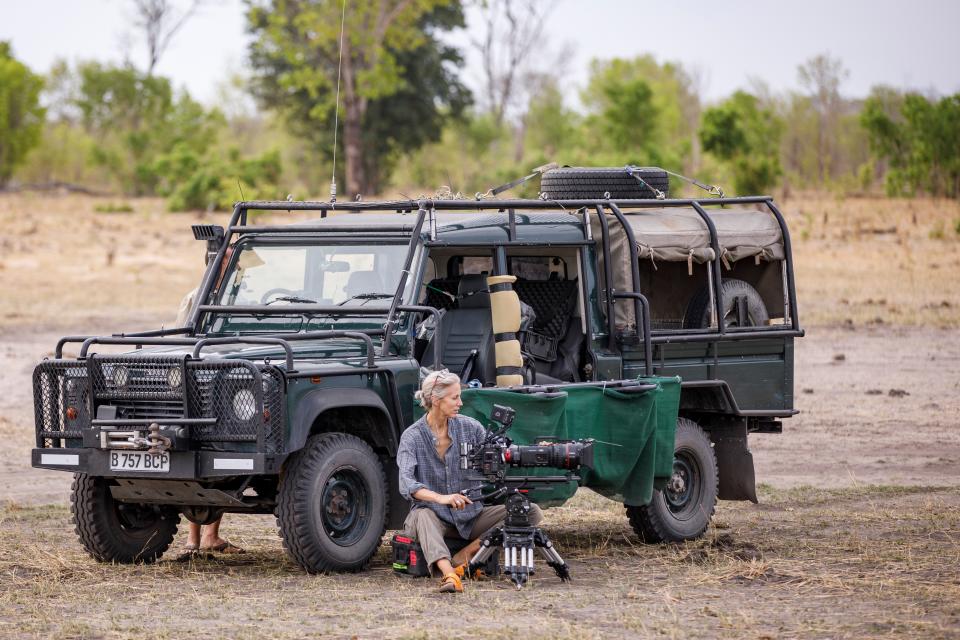
queens-director-of-photography-sophie-darlington-camera.jpg
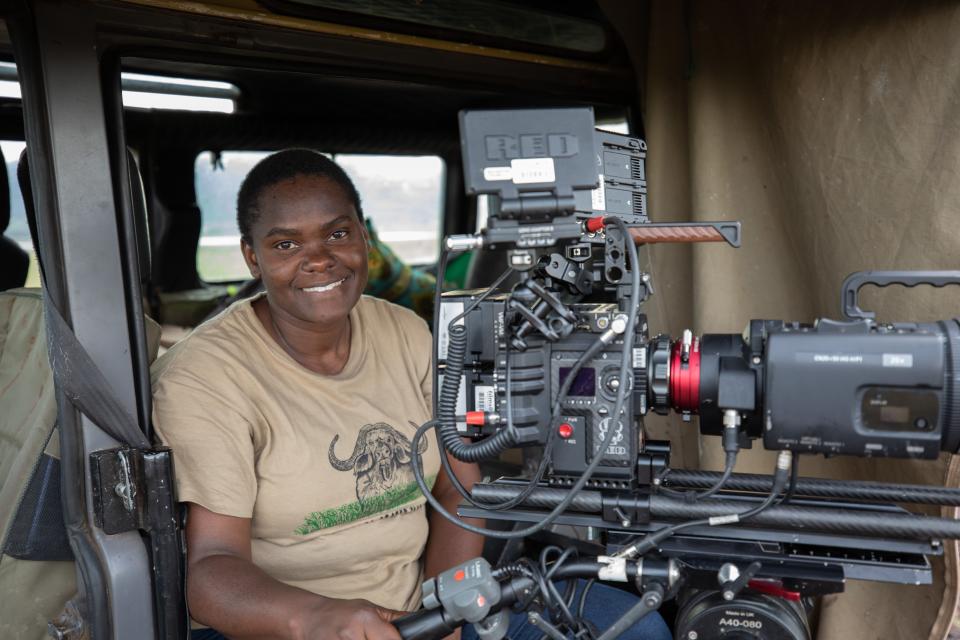
queens-erica-rugabandana.jpg
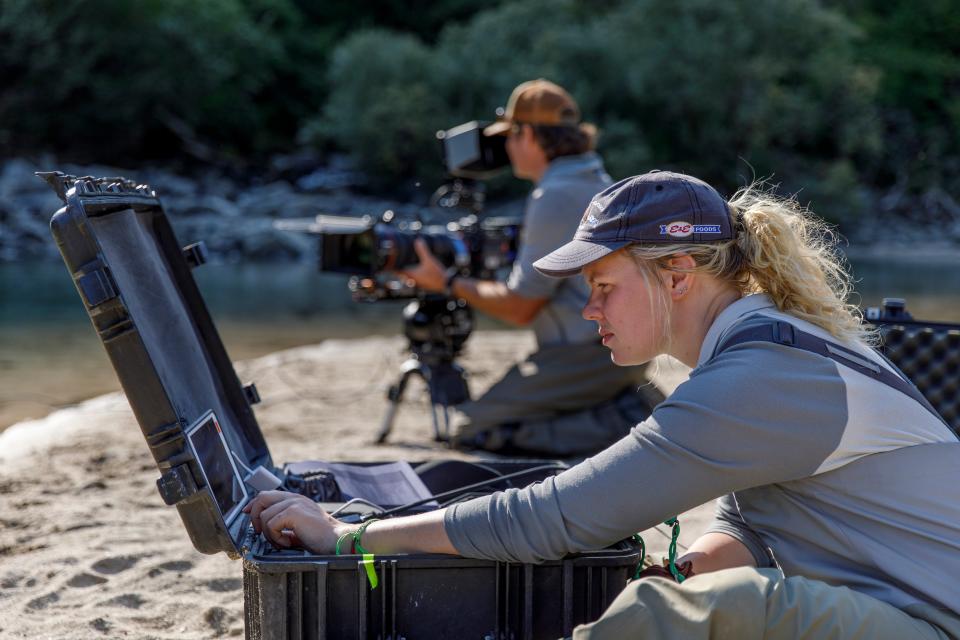
queens-cinematographer-erin-ranney.jpg
Jessica Radloff is the Glamour senior West Coast editor and author of the NYT best-selling book The Big Bang Theory: The Definitive, Inside Story of the Epic Hit Series.
Originally Appeared on Glamour


